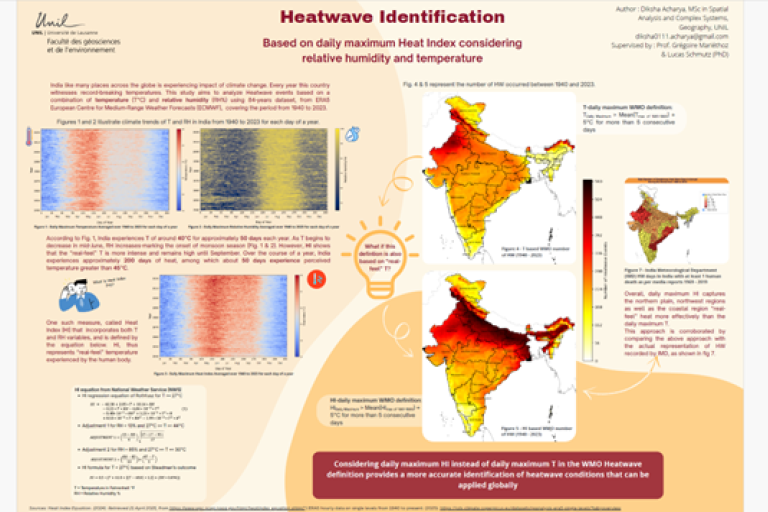Youth Innovation at the Heart of Early Warning

As climate change accelerates the frequency and intensity of extreme weather, early warning systems are more vital than ever. Recognizing this, WMO, the International Telecommunication Union (ITU), the United Nations Development Programme (UNDP) and the Group on Earth Observations (GEO) launched a global call on Youth-Led Innovation in Early Warning Systems from March to May 2025. The initiative invited individuals and organizations led by people aged 18–35 to showcase innovative approaches to EWS and disaster preparedness. The call welcomed solutions that were at any stage of development – from initial ideas to pilot projects or implemented initiatives.
But the contest was more than a showcase: it was a reminder of what is possible when youth are given a platform to contribute. From hackathons in Bangladesh to student-led projects in Armenia and data-driven tools from Ghana and India, the submissions highlighted the technology dividend: innovation that scales resilience while placing people at the centre.
Dozens of submissions were received from Asia, Africa, Europe and beyond. Youth brought forward ideas that highlighted the evolving future of early warnings. While diverse in form, the submissions converged around four major themes:
- Frontier technologies: Artificial intelligence (AI), remote sensing, the Internet of Things (IoT) and big data were applied to enhance hazard forecasting, streamline communication and deliver timely alerts
- Blending knowledge systems: Several projects integrated indigenous or local knowledge with digital platforms, showing how traditional observation can complement scientific forecasting
- Inclusive innovation: Many entries prioritized access for underserved groups, ensuring warnings reach rural, marginalized and low-connectivity communities
- Youth empowerment and education: Submissions highlighted capacity building, peer networks and outreach strategies, turning young people into active co-designers of preparedness systems.
The solutions were presented at the Global Multi-Stakeholder Forum on Early Warnings for All held in Geneva on 2–3 June. Together, these ideas revealed a generation that sees technology not as an end, but as a tool embedded in social context, local voices and community action. The youth-led innovations aimed to help to harness the power of innovation, traditional knowledge and frontier technologies to enhance early warning systems and disaster resilience. They reflected technical expertise and social dexterity, envisioning systems that are more inclusive, more localized and more effective.
If the challenge of our time is to ensure that everyone is protected by early warnings, then the lesson from this contest is clear: the solutions already exist in the creativity of young people worldwide. Hidden talent abounds in classrooms, coding clubs, rural communities, and volunteer groups. What it requires is recognition, opportunity and support.
Accommodating youth voices and giving space to their ideas accelerates innovation and builds resilience that is truly universal. The future of early warning systems will not be defined solely by technology, but by the people empowered to shape, use, interpret and act on it. If make preparedness and early warnings truly for all, we must continue accommodating youth voices, supporting nascent innovations and recognize talent that often goes unnoticed until given a platform.


